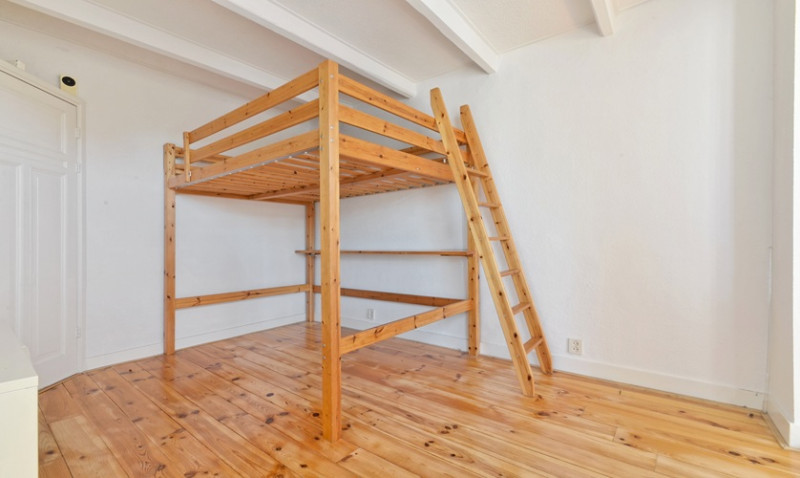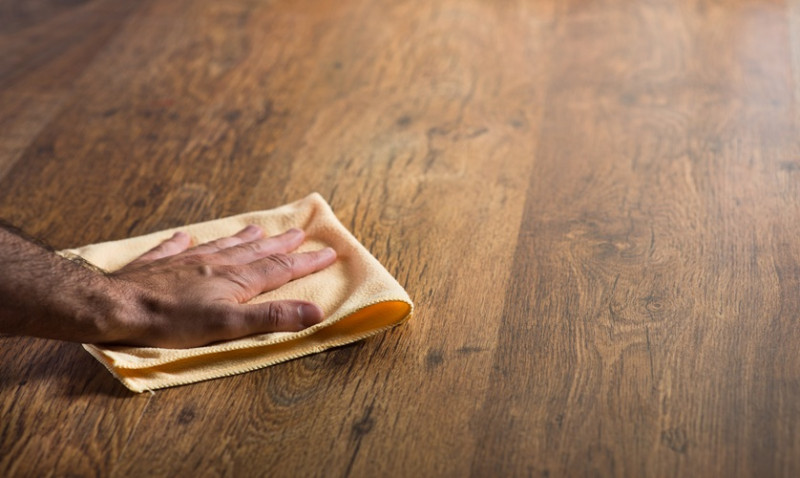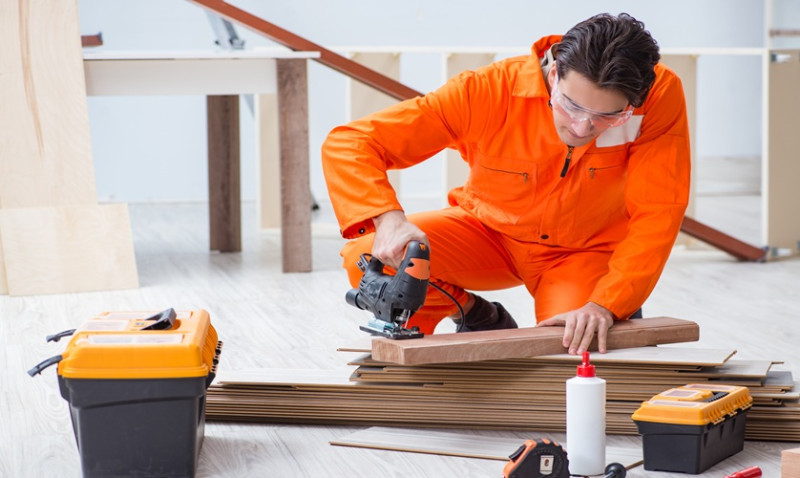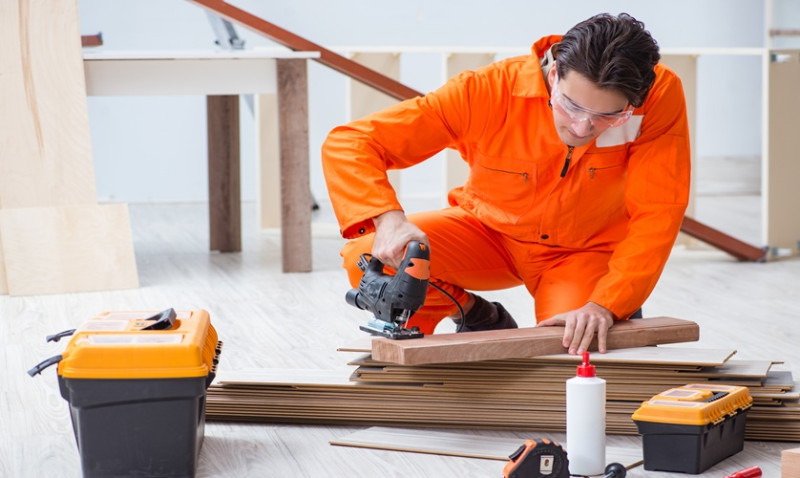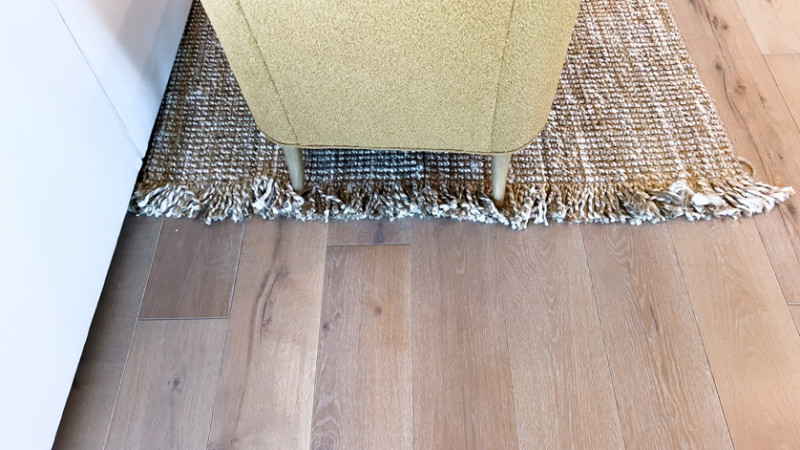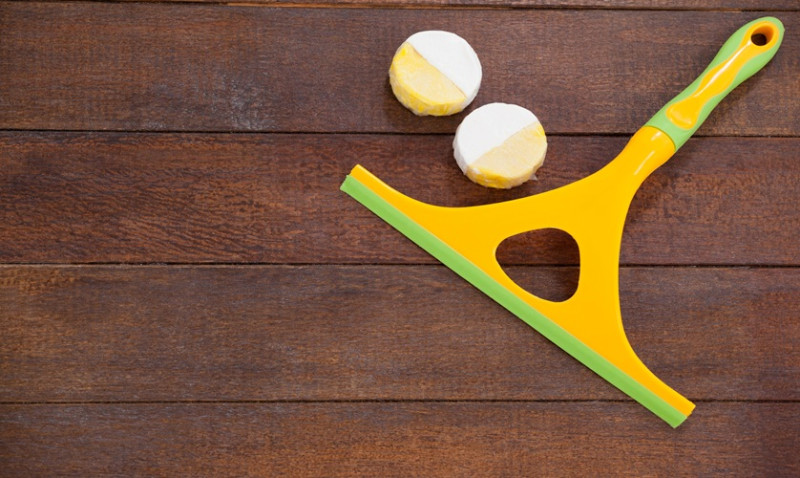
Hardwood floors are known for their timeless beauty, durability, and the instant character they add to any home. However, over time, spills, pet accidents, and general wear and tear can leave stains that detract from their natural charm. For DIY enthusiasts, homeowners, and professionals working in design or construction, knowing how to remove hardwood floor stains without sanding is a valuable skill. Sanding can be messy, time-intensive, and may not be feasible for every situation — especially if you're trying to preserve a home's original character or finish.
Fortunately, there are effective ways to deal with various types of stains on wooden flooring without resorting to a total resand. Whether you’re a young professional sprucing up a new flat in Manchester or a tradesman preparing a listing for sale in London, this guide will walk you through proven strategies to banish stains while keeping your hardwood floor intact and beautiful.
Understanding the Type of Stain
Before diving into treatments, it’s critical to identify what type of stain you're dealing with. Different stains may require different approaches, and using the wrong method can potentially make things worse. Generally, hardwood stains fall into a few common categories:
- Water stains: Often appearing as white rings or cloudy patches where moisture has soaked into the surface finish.
- Pet stains: Typically darker areas caused by urine penetrating the wood fibres, often with an accompanying odour.
- Food and drink stains: These may be sticky or dark in appearance, ranging from wine to coffee or oil splatters.
- Ink and dye stains: Sharp, dark marks that can penetrate deeper than many other stain types.
Once you've determined the source, you'll be better equipped to choose a suitable, non-invasive cleaning strategy.
Top Non-Sanding Methods to Remove Stains
If you want to rejuvenate your hardwood floor without refinishing or sanding it down, consider these effective cleaning methods. Each technique is suited to a different type of stain and should always be spot tested in an inconspicuous area first.
1. Baking Soda and Vinegar Paste
This classic home remedy works wonders on surface stains such as food or lightly embedded pet marks. Mix a tablespoon of baking soda with a few drops of water and apply the paste to the stain. Let it sit for a few minutes, then gently scrub with a non-abrasive cloth. Rinse with a damp cloth and dry well afterward.
For more stubborn marks, try adding a little white vinegar to the mixture. Be careful not to oversaturate the wood, as water can cause warping or further staining. This method is particularly popular among DIYers who favour eco-friendly and readily available ingredients.
2. Hydrogen Peroxide for Deep Stains
Hydrogen peroxide is an excellent solution for clothes and surfaces – and it’s just as effective for some wood stains. It works especially well on dark pet stains or ink that has penetrated the wood grain. Using a cotton ball or cloth, apply 3% hydrogen peroxide directly to the stain and cover it with plastic wrap to prevent evaporation.
Leave it for a few hours or overnight for significant stains. Check progress and repeat if necessary. When the stain has lifted, rinse with a damp cloth and dry thoroughly. This method is widely used by professionals who want to preserve flooring treatments without resorting to drastic steps.
3. Mineral Spirits for Grease and Oil
Grease-based stains, such as those from cooking oil or cosmetics, can be particularly tricky. Mineral spirits (also known as white spirit in the UK) is a safe and effective solvent to break down the oily residue without harming most wood finishes.
Apply a small amount to a clean cloth and gently rub the stain in the direction of the grain. Avoid over-saturating or letting the solvent pool, and always work in a well-ventilated area. This solution is popular among tradespeople who need a quick fix before a floor polish or wax recoating.
4. Hardwood Floor Cleaners and Commercial Stain Removers
Several professional-grade hardwood floor cleaners are designed to tackle specific types of stains. Brands like Bona, Rejuvenate, and Osmo offer targeted stain removers that are safe for finished woods. Always follow manufacturer instructions carefully and test in a small, hidden section before application.
These products often come with special applicators or pads that optimise their efficacy and can be particularly helpful for interior designers or architects working on client spaces where restoring existing finishes is preferable to replacement.
How to Prevent Further Staining
Once you’ve put in the effort to remove stains successfully, some thoughtful maintenance will keep your hardwood floors looking their best long term. Prevention is often the best cure, and with hardwood, small habits can lead to a big difference in durability and appearance.
| Preventive Measure | Benefit |
|---|---|
| Use Mats in High-Traffic Areas | Reduces dirt, grit, and moisture tracking from shoes |
| Apply Hardwood Floor Sealant or Wax | Creates a protective barrier against spills |
| Wipe Spills Immediately | Prevents liquid from seeping into the wood grain |
| Trim Pet Nails and Use Puppy Pads | Helps avoid scratching and urine accidents |
| Use Felt Pads on Furniture Legs | Prevents scratches that collect dirt over time |
When to Call in the Professionals
While many stains can be tackled with some elbow grease and household materials, there are circumstances in which calling a professional makes sense. If the stain covers a large area, continues to return after cleaning, or has caused the wood to swell and crack, it’s best to consult a flooring expert or restoration specialist.
Especially for designers and architects managing client spaces or listed properties in areas like Oxford or Edinburgh, it's critical not to damage heritage hardwood unnecessarily. A seasoned floor professional can assess the damage, recommend treatments, and in some cases match existing finishes flawlessly without sanding the entire floor.
Summary
Removing hardwood floor stains without sanding is not only possible — it’s also a smart, cost-effective, and less invasive approach to preserving your flooring. Whether it’s removing pet marks, wine spills, or water rings, armed with the right tools and techniques, you can restore your floors and refresh your space with minimal disruption.
For UK-based DIYers, professionals, and home lovers looking to maintain or restore wooden floors, these tips offer a roadmap to cleaner, brighter hardwoods without the sanding mess. Always remember to start small, test your method in a hidden area, and take your time to get premium results that last.
